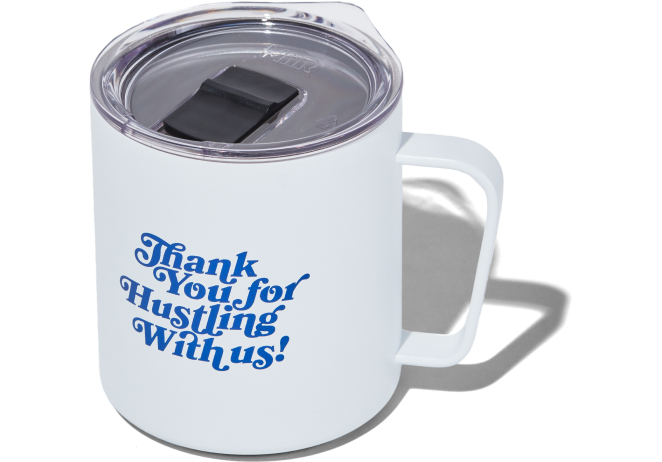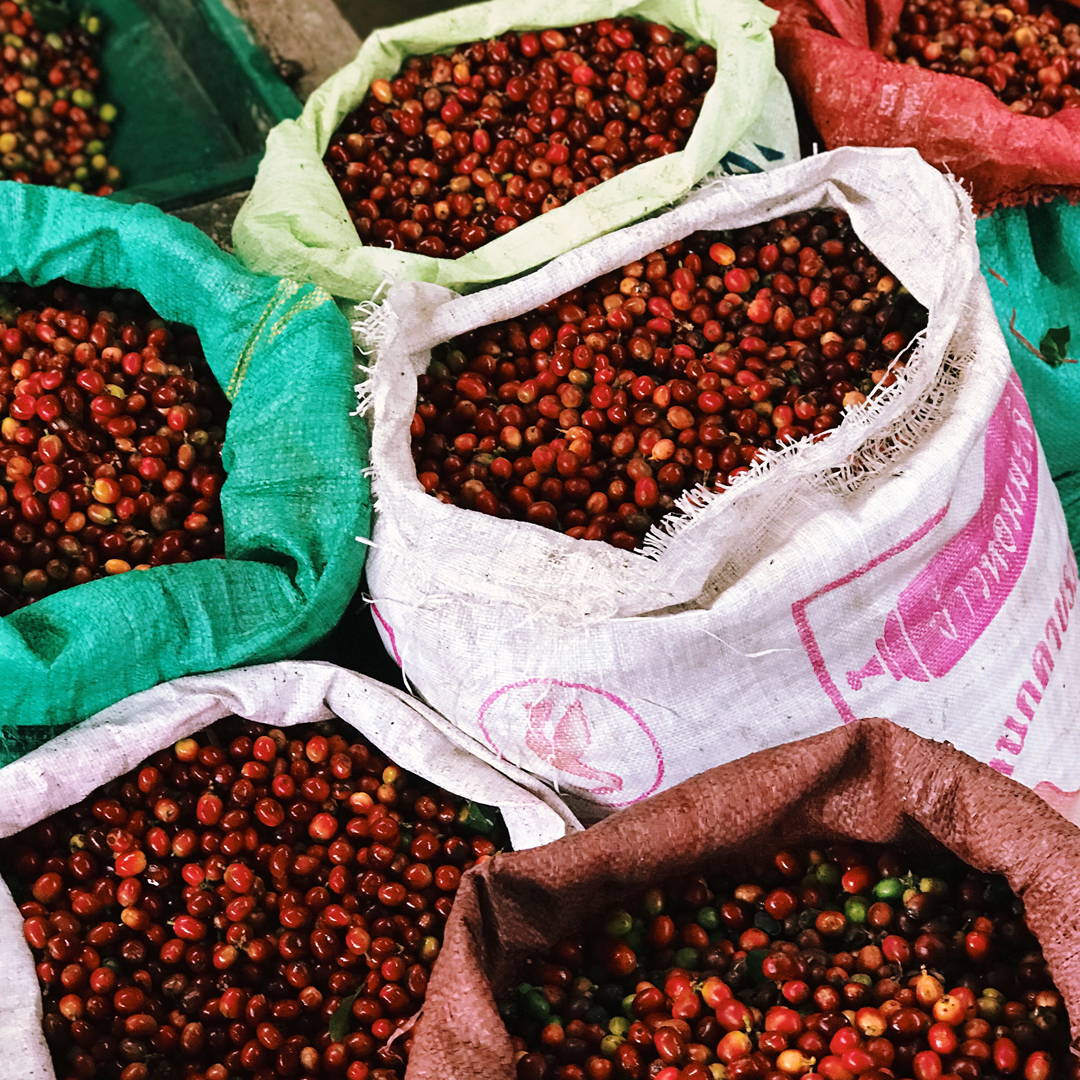
History of Coffee—Facts about Coffee and Caffeine
It’s a sad reality that while many people can’t go a day without a cup of joe, they know little to nothing about coffee’s humble beginnings. The energy-inducing drink has a rich history spanning a thousand years, and it’s pretty exciting to learn more about it.
Today, coffee is one of the world’s most widely traded commodities — thirsty consumers drink over 2.2 billion cups of mud every day across the globe. And like most modern foods, the origins of coffee are swaddled in mystery.
Read on to find out more.
The Origin
Most legends claim that Ethiopia is the birthplace of coffee, and that it was first discovered there between the 9th and 11th centuries.
According to a popular legend, Kaldi, a goat herder, was herding his goats in a highland area when he noticed that his goats were excited and full of energy, which Kaldi found strange. He later discovered that a small shrub — which his goats had been eating — was the source of the excitement.
He later explained what happened to the abbot of the local monastery. The abbot, in turn, made a drink with the berries of the shrub, and he noticed that he was more alert when praying later in the evening.
Thus, the drink we now know as coffee was born.
The Spread of Coffee - Arabian Peninsula
Coffee later spread to the Arabian Peninsula in Yemen. In fact, several legends claim Yemen as the birthplace of coffee. According to other accounts of coffee’s origin, the plant was introduced to Yemen between the 13th and 14th centuries.
By the mid-14th century, coffee was already being cultivated in the Yemeni district of Arabia. By the 16th century, Turkey, Syria, Egypt, and Persia started growing the crop. The drink was enjoyed both at home and in public coffee houses called “qahveh khaneh.”
The popularity of coffee houses in Arabia grew significantly — so much so that it became a favorite drink during events and meetings, and it was later branded “wine of Araby.”
Coffee In Europe
By the 16th century, Europeans were frequent visitors to the Near East. After their journeys, they brought back exciting stories of an unusual black beverage. It was not long before coffee also became widespread across Europe in the 17th century.
But not all people embraced the beverage in Europe. Some people were quick to call it the “bitter invention of Satan.” In 1615, a local clergy in Venice even condemned it when it arrived in the city. It was pretty controversial that Pope Clement VIII tasted it and approved it.
That’s how coffee spread across all the major cities of Europe. London had over 300 coffee houses by the mid-17th century.
The New World
In the 1600s, the British brought coffee to New Amsterdam and New York. At the time, tea was still the drink of choice, but coffee houses began popping up everywhere. It wasn’t until 1773 during the revolt against heavy tea taxation by King George III that coffee became even more popular, when Americans made the conscious switch to coffee after the Boston Tea Party.
The demand for coffee continued to surge outside Arabia in different areas, including the Netherlands, Sumatra, France, Brazil, and Celebes.
Today, making coffee is quite simple using espresso machines like these. You can brew it yourself in minutes or you can find it at your local brewer or roaster.
Some Facts About Coffee
There are two main types of coffee: Arabica and Robusta. Arabica species are more popular with growers. Robusta contains more caffeine, and tends to be slightly bitter.
The word “coffee” was inspired by the Arabic word for wine, “Qahwah.” The Turks later called it “kahveh,” and the Dutch named it “koffie”. That’s where the English word “coffee” comes from.
Although coffee originated in Ethiopia, and was first cultivated in Arabia, Brazil is the leading producer of coffee. But while a third of the world’s coffee supply comes from Brazil, Vietnam is the second-largest producer.
Certain coveted coffee species can cost up to $600 a pound. The most controversial variety is the one from the feces of an Asian palm civet. Civets eat coffee berries, but they can’t digest the beans. So, when they excrete, the beans are usually smooth and less acidic.
Starbucks is the largest coffee restaurant franchise, and it opens an average of two new stores a day. The first store was opened in Seattle, and the company now has over 29,000 stores around the globe.
Final Thoughts
At this point, you now know a bit of the history surrounding coffee. So, next time you enjoy a latte or cappuccino, take a moment to appreciate all those who played a role in making coffee what it is today.
--
Shop our Vietnamese Coffee Starter Kit here.
Shop our Vietnamese Coffee Trio and try both arabica & robusta coffee.
Learn about the best tools for brewing Vietnamese coffee here.
Learn about the history of Vietnamese coffee here.











